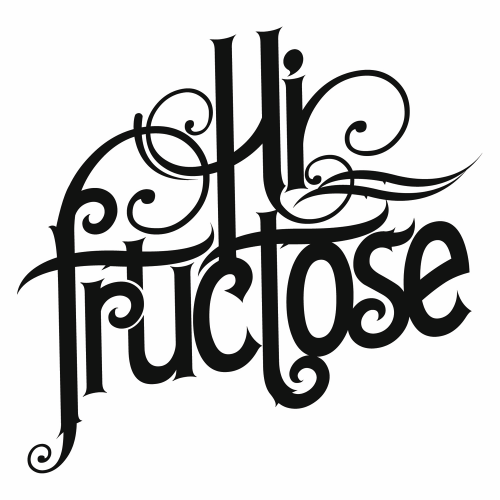

Your work is obviously influenced by the concept of the wunderkammer- the cabinet of curiosities. Can you each speak to what initially sparked your interest in such a subject and how it influences your work?
Ryan: I have had a great attraction for Wunderkammer, since I was very young. I grew up surrounded by nature, which I ended up collecting and then utilizing in my early artworks. As an adolescent my interest in antiques started to blossom. These influences ended up becoming my main passion, and ultimately grew into the artworks that I make today. I also heavily collect items pertaining to the theme.
My collection ended up, becoming synonymous with the subject. My home has become somewhat of my lifelong masterpiece of Wunderkammer objects. Each piece working with one another to form a cohesive compilation.
Jean: like Ryan, I was collecting all sorts of things as a child… rocks, weird sticks, dead bats, anything that spiked my curiosity and sense of wonder. One of my favorite places to go as a child was the Paris Natural History Museum…I grew up going to the flea market every weekend with my dad, which ended up being a defining factor in my life. I knew all the merchants, it was a lot of fun… I even bought a Kanglin (Tibetan human bone trumpet) at age 6!
I also had a fascination for carnival sideshows, which we still had in Paris at the time at La Foire Du Trône… I would feel amazed looking at the Fiji mermaid, the two headed lamb, the headless woman, or smallest man alive! Actually, often more at the promise of these oddities, which was depicted on amazing painted banners in bright colors, than at the often disappointing reality behind the curtains. To me wunderkammers and sideshows are an ode to human imagination.
At of the age of twelve I also got into the emerging graffiti scene in Paris (where I’m from) and would collect found objects in abandoned buildings, the oddest the better, that I would later paint on, letting myself be inspired by their patina, their decay, their soul and untold stories waiting to be channeled.
These fascinations eventually merged together and evolved as of the early 2000’s into a modest collection of oddities and strange objects which i use as inspiration for my paintings, as well as the use of antiques and found objects in my work.
Your work also either skirts or outright references the macabre. Without shying away from the grotesque, it also addresses great beauty in the concept of death and regeneration. Can you each speak to that idea a bit?
Ryan: Some of my earliest memories seem to pertain to death in one form or another. Whether it be the pieces that I collect or the books that I am attracted to, they tend to deal with death, anatomy or memento mori. When I started taking trips to Europe I would visit some of the ancient cathedrals and places of worship. I would come across reliquaries of deceased saints. These reliquaries would hold actual bones of the Saints, and in some case actual Skulls, though they were sort of masked with beautiful iconography and jewels of memorialization. One of my fondest memories was when I visited Notre Dame before it ultimately burnt down, I stared closely at the carvings that adorned the walls. Many of them were incredibly grotesque. And yet I noticed tourists, fawning at the great beauty that surrounded them perhaps not noticing the grisly images of people being beheaded or tortured.
Some of my earliest memories seem to pertain to death in one form or another.-Ryan Matthew Cohn
Jean: As I mentioned, during my graffiti years, I spent a lot of time exploring abandoned urban spaces of all kinds, from the forbidden Parisian catacombs to abandoned houses or factories. I was really inspired by the decay and the “ghosts” held within these spaces and would create art on site based on these perceptions specific to each space…
Even though I’m not a religious person, I developed a fascination for religious art and churches when I was around 20. Living in Paris at the time I had great access to that sort of stuff, which is omnipresent there. This influenced my work a lot.
To me it’s all about having “second degré”, a sense of humor about the whole thing. There’s no light without darkness, and vice versa. No life without death. I love the idea of approaching these fundamental notions with a grain of salt, almost mocking in a way the existential dread inherent to the human condition. I paint the tragicomedy of human existence, in all its pathetic yet wonderful glory. I question the notion of death as a final irrevocable state of nothingness. I look for glimmers of the soul.
I see my art as a serious attempt at touching the “sacred” mystery of life yet totally irreverent and iconoclastic at the same time.
 Print
Print




